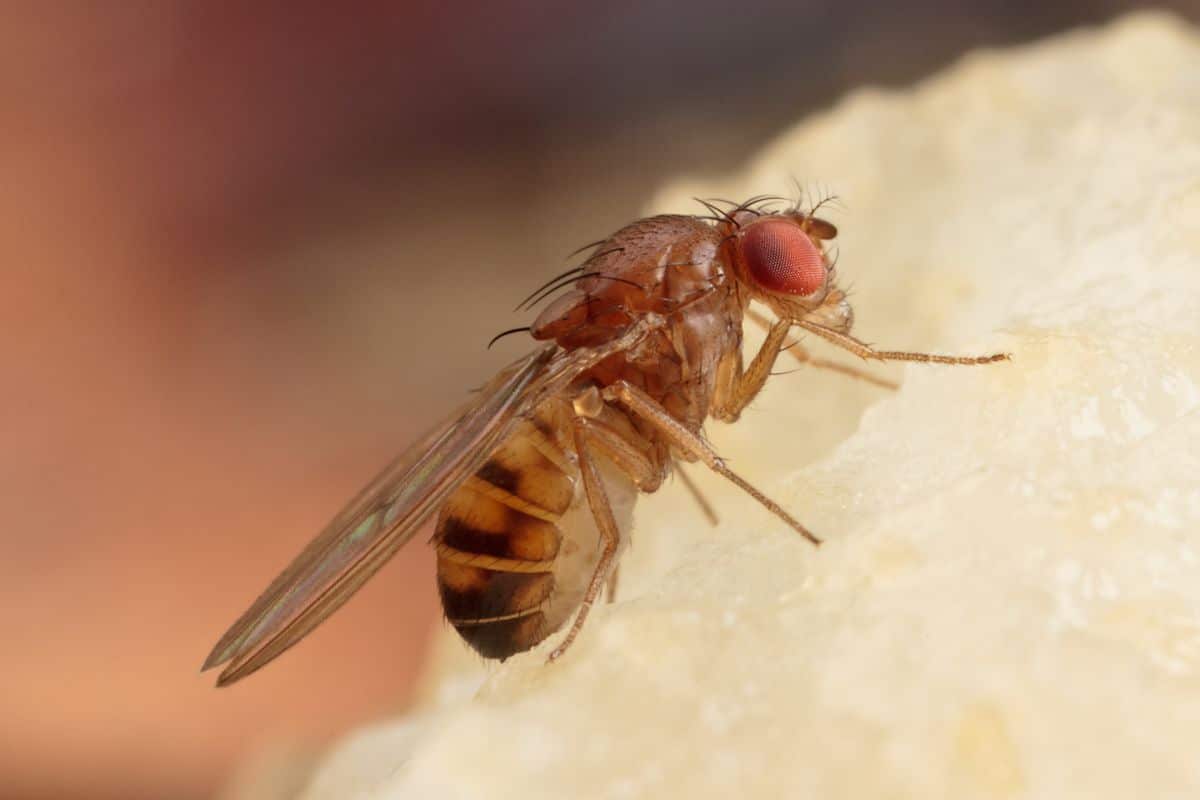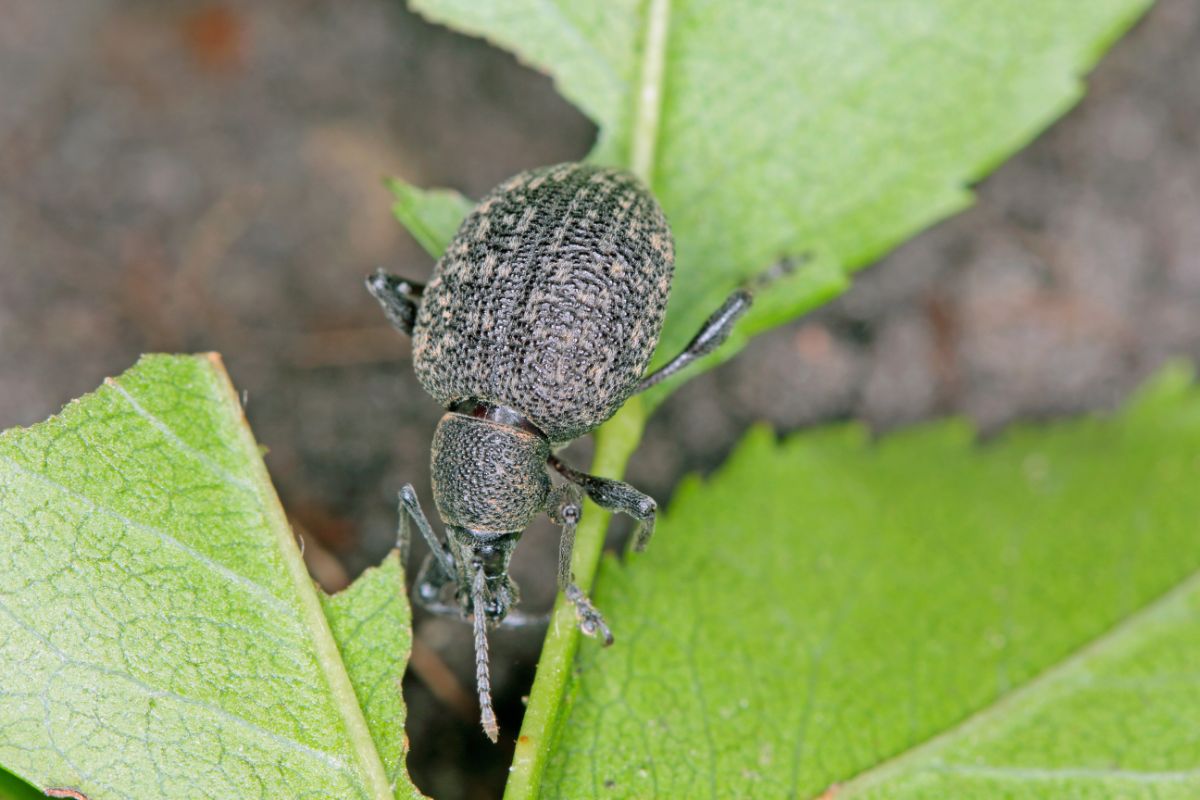As a strawberry grower, I know how frustrating it can be when birds steal your ripe, juicy strawberries before you get the chance to harvest them. While sharing is caring, most gardeners want to enjoy the fruits of their labor after putting in all the hard work to grow their strawberry patch.
The good news is there are many effective yet inexpensive methods to deter birds and let you reap your strawberry bounty. In this article, I’ll share 13 clever tips to keep birds away from your strawberry plants so you can savor those sweet berries.
Why Birds Love Strawberries
Before we dive into deterrent solutions, it’s helpful to understand what attracts birds to strawberry patches in the first place:
- Bright red ripe fruit is highly visible and signals an irresistible treat.
- Berries provide birds with sweet, juicy flesh and nutrients they crave.
- Strawberry flowers offer nectar for energy.
- Plants provide shelter and nesting sites for raising young.
- Birds have keen vision and scent to zone in on berries.
- Sparse foliage exposes more fruit than dense brambles.
Knowing birds’ motivation helps inform the best strategies to discourage their strawberry thievery
13 Tips to Protect Your Strawberries from Birds
Here are 13 of the top methods to effectively keep birds away from your strawberry patch:
1. Use Bird Netting
Covering plants with bird netting is the single most reliable way to protect strawberries from birds Drape lightweight plastic mesh over hoops, frames or supports. Secure the edges with stakes or weigh down with rocks. For best results
- Use 1⁄4 inch mesh size to exclude birds while allowing pollinators access.
- Erect supports to keep netting from resting on plants.
- Check for and repair any holes birds could sneak through.
- Lift netting to harvest then replace afterwards.
2. Install a Scarecrow
A traditional scarecrow is a visual deterrent that signals your garden is protected, Place it where birds can see it easily when approaching your plot Move it occasionally so it doesn’t blend into the scenery,
3. Use Scare Tape
Flashy reflective tape or streamers hung around your patch scare birds with movement and noise. Silver strips that shimmer in the breeze work better than solid colors. Hang multiple strands at varying heights.
4. Employ Fake Predators
Set out fake owl, hawk, snake or other predator models to frighten birds away. Use realistic looking ones and move them frequently for best results.
5. Add Noisemakers
Loud sounds like wind chimes, clanging pans, or distress calls deter birds. Hang wind chimes around your plot or place noisemakers strategically and use them intermittently.
6. Install Shiny Deterrents
Reflective pie pans, old CDs, metallic streamers, and mirrors can trick and scare birds. Relocate regularly so birds don’t become accustomed.
7. Use Camouflaging Plants
Hide fruits beneath foliage using vining varieties or plant larger flowers, herbs or vegetables around low-growing strawberries.
8. Apply Repellents
Non-toxic smell or taste repellents like methyl anthranilate or capsaicin may make fruits less palatable to birds. Reapply frequently for effectiveness.
9. Pick Early and Often
Frequent harvesting leaves fewer ripe berries available so birds are less likely to take notice. Pick every other day during peak season.
10. Cultivate Unattractive Berries
Grow less enticing varieties like Alpine strawberries which are yellow when ripe to deter birds seeking red berries.
11. Use a Sprinkler
Set up a motion-activated sprinkler that sprays birds when triggered to condition them to avoid your plot.
12. Employ a Dog or Cat
Your furry gardening assistants can help deter birds just by their presence and chasing them away.
13. Cover Plants
Drape lightweight fabrics like cheesecloth or row cover over plants to create a physical barrier that hides ripening fruit.
When Birds Are Most Problematic
Be vigilant protecting your strawberries during:
- Spring migration when birds are very active and hungry.
- Right before berries start ripening as birds stake claims.
- Peak harvest time when ripe fruit is abundant.
- Drought conditions when birds seek juicy berries.
- Fall migration as birds forage heavily before migrating.
Tips for Deterring Birds
Follow these tips to maximize effectiveness when employing deterrents:
- Start protections when flowers finish blooming.
- Combine multiple deterrents like scare tape and noisemakers.
- Vary locations and change things up frequently.
- Patrol your plot and fix any access points.
- Pick berries early and often to reduce available fruit.
- Accept some loss and share your bounty.
- Remain vigilant as birds can become habitual.
Bottom Line
With some clever planning and consistent implementation, you can successfully keep birds away from your strawberry patch. Simple, affordable solutions like netting, scare tactics, and harvesting frequently will pay off with a bountiful berry yield. Get creative in finding methods birds in your area respond to best. Soon you’ll be gathering basketfuls of lush berries to enjoy thanks to effective bird-free gardening.

Meet the Fruit Fly

Fruit flies, as their name suggests, feed on fruit and berries. They can feed on fresh fruit and spoiled fruit, and they also love strawberries.
What’s the big deal about fruit flies?
Fruit flies can inject their eggs into strawberries. The eggs hatch into tiny larvae that wriggle out of the berry to feed on mold and fungus. The larvae are especially tasty to cockroaches, which are attracted to strawberries you allow to go bad.
Fruit flies eat fruit for energy, but the females need protein to make their eggs. They usually get their protein from animal dung and any kind of decaying flesh. They are attracted to the scent of ammonia. They can transfer E. coli and Salmonella from dung to your strawberries. They can inject their eggs into the berry without leaving a detectable trace.
How to Deal with Insects in Your Strawberry Plantings

Everything about bugs in your strawberry patch isn’t bad. One of the reasons strawberries are so nutritious is their content of a group of plant chemicals known as polyphenols. These plant chemicals include anthocyanins, ellagitannins, and proanthocyanidins that give strawberries their bright red color and also support human health. These are the plant chemicals that have anti-aging qualities.
Strawberries make polyphenols to protect their seeds (those tiny dots on the surface of a strawberry) after insects bite their leaves. It is as if the plant knows that its seeds are endangered so it wants to make the chemicals that extend their lives in case part of the berry is consumed. Scientists have also discovered that strawberries harvested from plants that have undergone mechanical wounding (simulating insect stress) are sweeter and contain more beneficial polyphenoles. That’s probably part of why organic strawberries are brighter and tastier than conventionally raised strawberries.
So what kinds of insects do the most damage to strawberry crops? Some potential pests include:
- Crickets feed on leaves. They usually do only minor damage. They may trigger the production of polyphenols and sugars that improve strawberry quality.
- Cutworms feed on leaves and stems. Because injury to a stem can kill fruit, cutworms need to be controlled.
- Cyclamen mites feed in the crown. Because they can kill the entire plant, they have to be controlled.
- Flower thrips feed on flowers and young fruit. Because they destroy strawberries, they have to be controlled.
- Red imported fire ants are a general nuisance. Fire ant deterrence is always desirable.
- Sap beetles feed on overripe fruit. You can help keep sap beetles under control by timely harvests and by not leaving overripe fruit in your strawberry planting.
- Twospotted spider mites feed on leaves. They also may trigger reactions in the plant that increase strawberry quality if they are not allowed to multiply into numbers that strip the plant bare of its leaves.
- Whiteflies feed on leaves. When they are not superabundant, they actually improve quality of fruit.
If you are a commercial grower of strawberries, you should consult with your local extension agent about specific treatments that can protect your crop against insects. Your extension agent will have detailed knowledge of agricultural chemicals most likely to work in your local conditions, as well as organic methods of insect control. But no matter whether you have a just garden bed of strawberries or a 100-acre field, you need to protect your crop from fruit flies.
Top 3 strawberry pests and what to DO about them
FAQ
How do I stop birds from eating my strawberries?
Netting: Use bird netting or mesh to cover your strawberry plants. This creates a physical barrier that keeps birds away while allowing sunlight and rain to reach the plants.
How do I stop animals from eating my strawberries?
Squirrels are also a nuisance when growing of strawberries, as they like to feed on ripe berries. For keeping them off from eating berries, wrap netting around the plants during fruiting. Once harvested the strawberries, remove the netting, so the birds can eat any unwanted insect pests on the plants.
What is the best thing to cover strawberry plants?
Both straw and chopped leaves may be used. Straw mulch is by far the more common choice for covering strawberries.Nov 18, 2021
How do I keep birds from eating my berries?
Netting. By draping inexpensive netting over your berry bushes and small fruit trees, you prevent birds from getting at the vast majority of the berries.Aug 30, 2024
